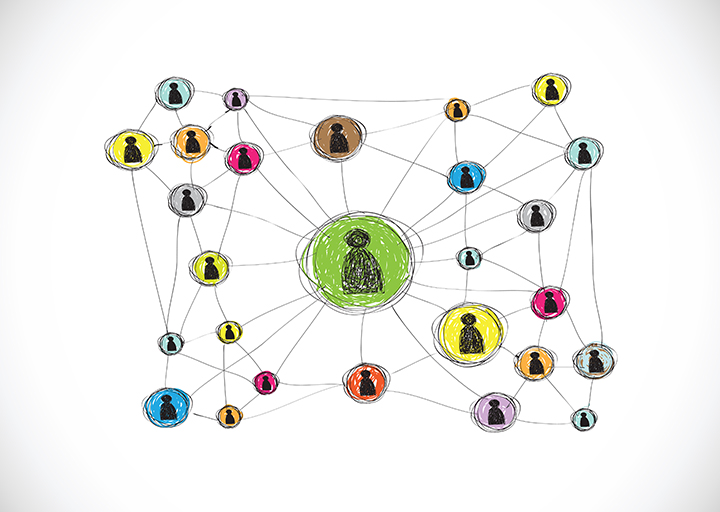More clients are turning to social media to find and evaluate event professionals, including caterers. Social media allows fans and followers to see the most up-to-date information, such as new menu items and event highlights.
Having a robust social media presence helps to connect to and build trust with potential clients, even among older clients. In fact, according to Pew Research Center, nearly 70 percent of Baby Boomers regularly use social media and a whopping 90 percent of Gen Z logs on frequently.
If you don’t have a solid social media game, you could be leaving money on the table. Here are three social media processes to put into place before peak season to ensure that your social media presence hums along without extra effort.
1. Put your social media posts on autopilot
The easiest way to stay consistent and visible on social media is to schedule out evergreen content. Upcoming menu items, quirky food holidays, staff highlights and colleague shout outs can all be gathered and scheduled ahead of time.
You only need to schedule 2-3 posts a week to be effective. Modern audiences prefer quality over quantity on social channels. This will help you stay consistent, but also leave room for extemporaneous posts.
Take a few hours at the end of the month to schedule all of your posts for the following month. Better yet, carve out a quiet day and schedule your posts for the quarter. Scheduling platforms, like Hootsuite and Later, make it easy to schedule on multiple platforms.

2. Schedule time for daily social media engagement
While audiences don’t demand 15 posts a day on Instagram anymore, it’s easy to get lost in the roaring din of the internet if you don’t show up and engage with others online.
Business guru Jim Collins once famously advised a colleague to focus on being interested rather than trying to be interesting. He went on, “If you want to have an interesting dinner conversation, be interested. If you want to have interesting things to write, be interested.”
And yes, if you want to have an interesting Instagram feed, be interested in others’ comments and feeds. Not just on your channel, but on your colleagues’ channels, your followers’ channels and even within hashtag communities.
This is as easy and as fun as scheduling 10 minutes a day to interact with others on social media. Feel free to set a timer and get into the habit when it makes sense. That may be in the morning before work or in the evening after work. Perhaps it’s sometime in the middle of the day, such as your lunch break or even when you’re in the delivery truck (but, obviously, not if you’re driving).
Pro Tip: You can certainly assign engagement to a staff member who’s more interested in social media than you are, but make sure you create guidelines for voice and tone. Also, it can help to collaborate on an FAQ doc so they can field customer service questions without disturbing you.
3. Create a shot list and strategic sharing plan
Having a content plan and shot list well before busy season will not only help you effortlessly create just-in-time content, but it will also develop a custom stock library of images to use during the slow season.
First, start with your core categories. While each kitchen is different, common categories in catering include shots of:
- Plated food
- Cooking and preparing food
- Images of the chef, cooks, owner and support team
- Food being served
- Food at the event/venue
Once you know the images and videos you want to capture, consider a plan for each platform. For example, Instagram Stories can be a bit grittier than photos shared to a feed. Stories don’t have to be perfectly lit (or even perfectly composed) and can include lots of behind-the-scenes content for preparing and serving food, back-of-the-house fun, mini interviews with staff while they’re at the event and fun video techniques such as time-lapse, slow motion (especially fun with fire!) and Boomerangs.
On the other hand, your main feed should be more polished, paying attention to tried-and-true lighting and composition techniques, like the rule of thirds and using indirect natural light.
Pro tip: If you’re not great with cameras, assign photo and video responsibilities to an enthusiastic staff member or coordinate with the professional photographer and/or videographer at the event (if one was hired) to help you get the shots on your list.
Social media is not going anywhere and potential clients across generations are using it more and more to review and vet event professionals. Taking some time to plan and execute your social media strategy, even when you’re in the thick of the busy season, will help you stay competitive in your market.



